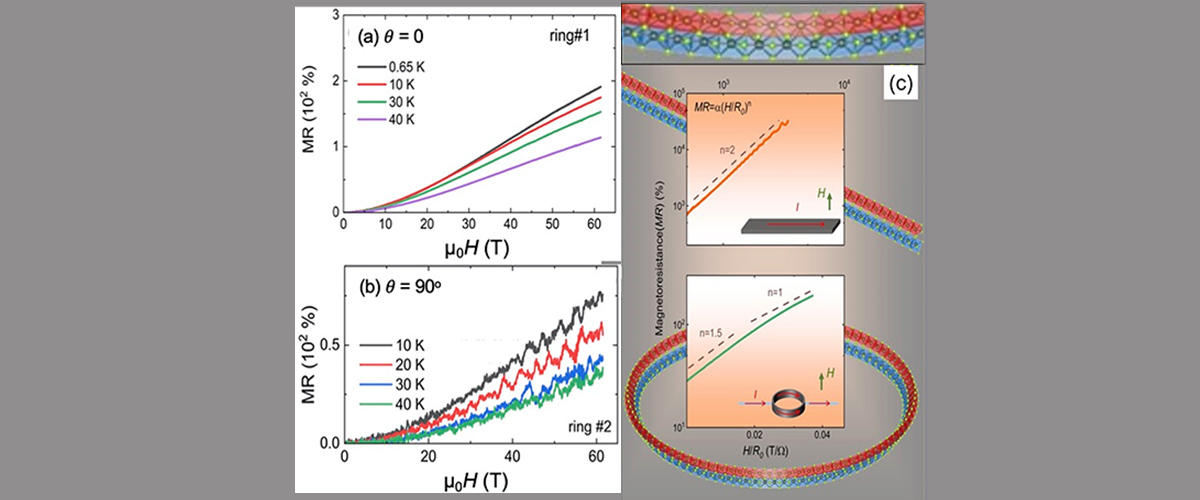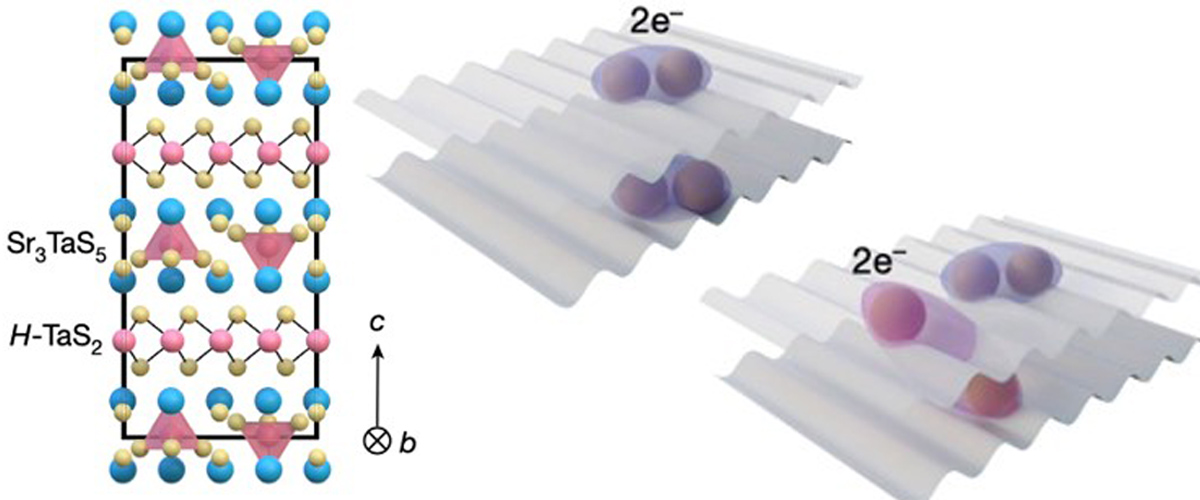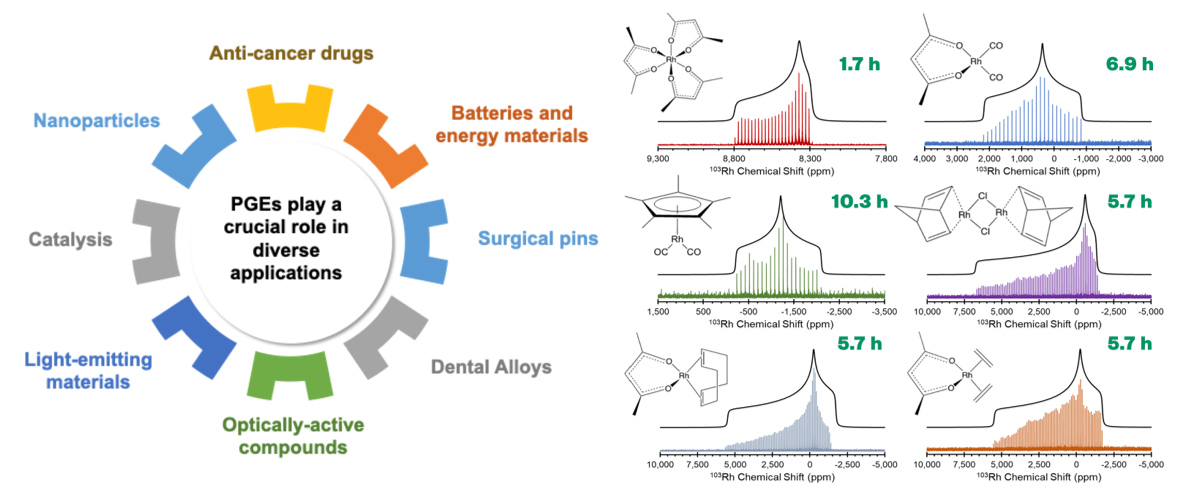What did scientists discover?
Ring-shaped devices made of crystals of the material TaSe3 were studied in magnetic fields of up to 60T by measuring their electrical resistance [Figures (a) and (b)]. The change in resistance due to magnetic field (the “magnetoresistance”) contained distinctive curvatures at different temperatures and showed quantum oscillations due to the magnetic field in contrast to the behavior in ordinary bar-shaped crystals and demonstrates that strain can be used to controllably tune the topological properties of low-dimensional materials
Why is this important?
The behavior of the magnetoresistance (its curvature versus field; and whether or not it exhibits quantum oscillations) is a key indicator of a quantum mechanical property known as topology. Topology promises to be an invaluable tool for developing future electronic devices that will work on completely new quantum principles.
The contrast in behavior between the ring-shaped devices and the unaltered bar-shaped crystals is so dramatic that logarithmic plots have to be used to display it [upper and lower insets to Figure (c)]; this difference is caused by small amounts of strain deliberately designed to occur in the rings. The strain subtly alters the separation between the two chains of molecules [red and blue in Figure (c)] that make up TaSe3. This result is very important because it shows that large changes in the quantum mechanical behavior of electrons in TaSe3 can be caused by tiny strains, suggesting a new route towards very responsive sensors and devices.
Who did the research?
Jie Xing1, Joanna Blawat1,2, Smita Speer2, Ahmad I. Us Saleheen2, John Singleton3, Rongying Jin1,2
1Center for Experimental Nanoscale Physics, Department of Physics and Astronomy, University of South Carolina, Columbia, SC 29208, 2Department of Physics and Astronomy, Louisiana State University, Baton Rouge, LA 70803, 3National MagLab, Los Alamos, NM 87545
Why did they need the MagLab?
Measuring magnetoresistance in high fields, a specialty of the MagLab’s Pulsed Field Facility, is the most reliable way of detecting changes in topology and other quantum-mechanical behavior.
Details for scientists
- View or download the expert-level Science Highlight, Tuning Topological Properties of TaSe3 Using Strain
- Read the full-length publication, Manipulation of the Magnetoresistance by Strain in Topological TaSe3, in Advanced Quantum Technologies
Funding
This research was funded by the following grants: G.S. Boebinger (NSF DMR-2128556); J. Singleton (DOE Science of 100 T); R. Jin (DOE EPSCoR DE-SC0012432; NSF DMR-1504226)
For more information, contact John Singleton.






